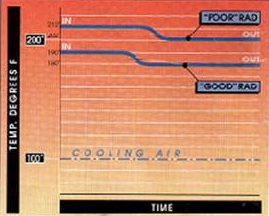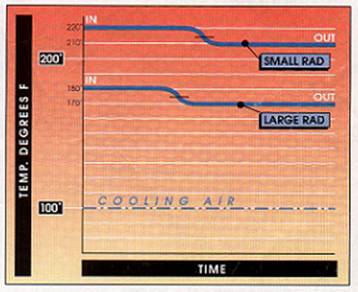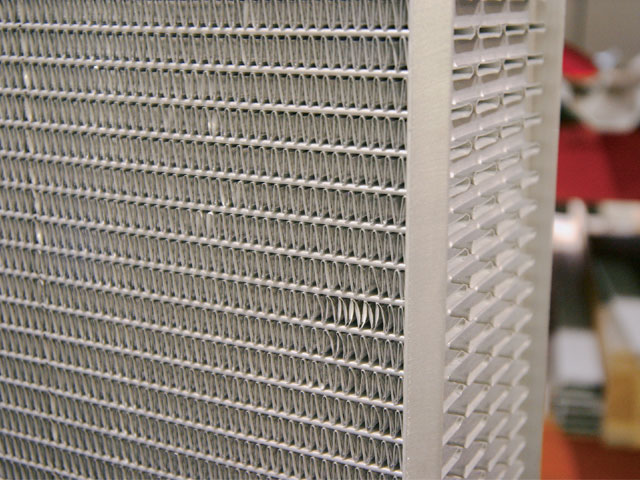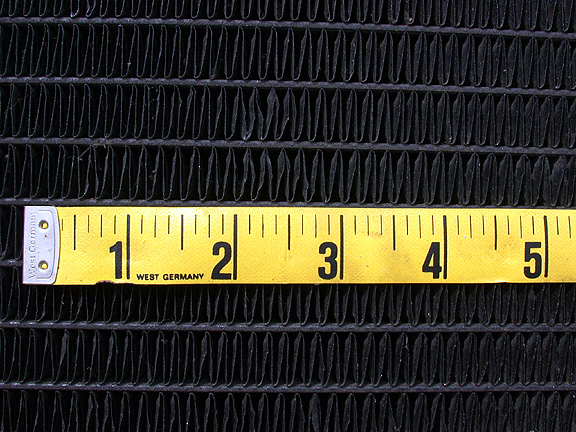2Loose
reliable source of info
Had this in another thread, thought it better to move it here:
Naw, the pulley grooves are ok, they were pretty shiney, took the shine off with some sand paper, but I eventually solved the v-belt wear problem with a different alternator. I had installed a high output alternator, and it was hanging up quite often for reasons I never was able to discover, swapped that out for another alternator, and the problem went away...
That 502 motor has started giving me some indications of slight overheating, on a summer day, temps in the 90's, driving uphill, the temp will creep up to 200, when normally it is very stable at 180. Have changed the water pump, the thermostat, and did a flush of the cooling system, it's better, but still gets warmer than I like on occasion. Changed the fan to a more aggressive flex fan setup, checked the shroud for a good fit, but think it's time for a new, better radiator. The current one is pretty much "stock", and has been in there for 19 years....
.... the '58 Chevy truck motor (502)has been eating v-belts (a new hi output alternator seems to put occasional heavy loads on the pulley, and the belt screeches...) and mildly overheating when under a load and in the middle of the day (pulling uphill with a load at noon, hey, I work that truck!), finally decided that the 18 year old BBC water pump was not doing it's job, so am in the middle of a replacement, with is involving cleaning/repainting various front end components I've pulled out (fan, fan shroud, alternator, PS pump, pulleys), and checking out the radiator while I'm in there. So the '55 Sport Coupe project gets delayed a bit longer......
Both of those problems could be from that belt slipping. I don't know what you have for pulleys, but check the v-grooves.
If they are worn and look more like a U instead of a V, then the pulleys are worn and need to be replaced.
If you have unused grooves, maybe you can add a second belt.
Naw, the pulley grooves are ok, they were pretty shiney, took the shine off with some sand paper, but I eventually solved the v-belt wear problem with a different alternator. I had installed a high output alternator, and it was hanging up quite often for reasons I never was able to discover, swapped that out for another alternator, and the problem went away...
That 502 motor has started giving me some indications of slight overheating, on a summer day, temps in the 90's, driving uphill, the temp will creep up to 200, when normally it is very stable at 180. Have changed the water pump, the thermostat, and did a flush of the cooling system, it's better, but still gets warmer than I like on occasion. Changed the fan to a more aggressive flex fan setup, checked the shroud for a good fit, but think it's time for a new, better radiator. The current one is pretty much "stock", and has been in there for 19 years....





